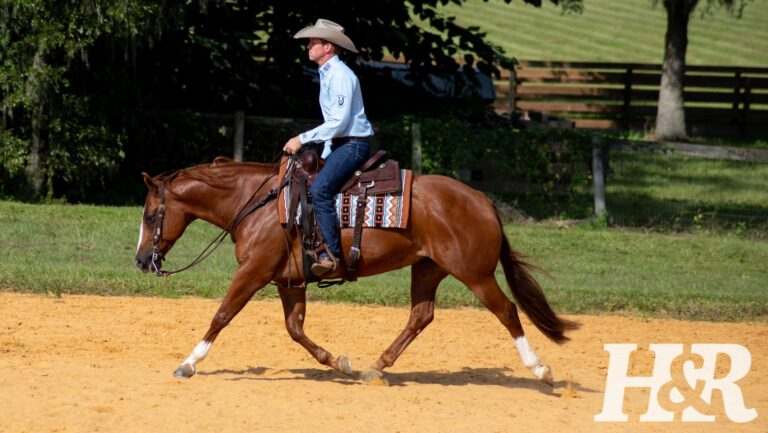
If you live in a cold area of the country, take the following steps to ensure your horse’s nutritional requirements are met.
1. Increase his ration. In cold regions, the energy that a horse would normally use under saddle goes toward maintaining his body temperature. If your horse is losing weight during the winter, offer him plenty of hay. (See below.)
2. Supplement wisely. A little extra fat for insulation can help keep your horse warm in the winter. However, although grain and fat are higher in calories than hay, they won’t build an insulating layer of fat very rapidly. Use these supplements to maintain his weight or to add just a few pounds over time.
3. Consider high-protein hay. If the weather is really cold and you want to stoke your horse’s internal furnace, then feed him an extra flake of high-protein hay, such as alfalfa, every day. When his normal protein needs are being adequately met, the body will use the excess protein for energy, adding to his body-fat stores. Also, as he digests and metabolizes this extra protein, he’ll produce extra heat, raising his core body temperature by a degree or so for about half a day (significant in subzero weather).
If alfalfa hay isn’t available, you can feed your horse three to four pounds of alfalfa pellets once or twice per day. Work with your veterinarian to design an ideal winter diet for your horse.
4. Offer clean, warm water. Your horses will generally drink enough water if he has have good access to water that’s remotely drinkable. However, his intake might decline if the water is very cold and/or contaminated with debris. This can lead to dehydration and even colic, the No. 1 killer of horses.
To encourage your horse to drink, keep the water bucket clean, and use a safe heater to keep the water above 50 degrees. If he’s eating well, and seems bright and cheerful, with no signs of abdominal discomfort, he’s probably drinking all he needs.






